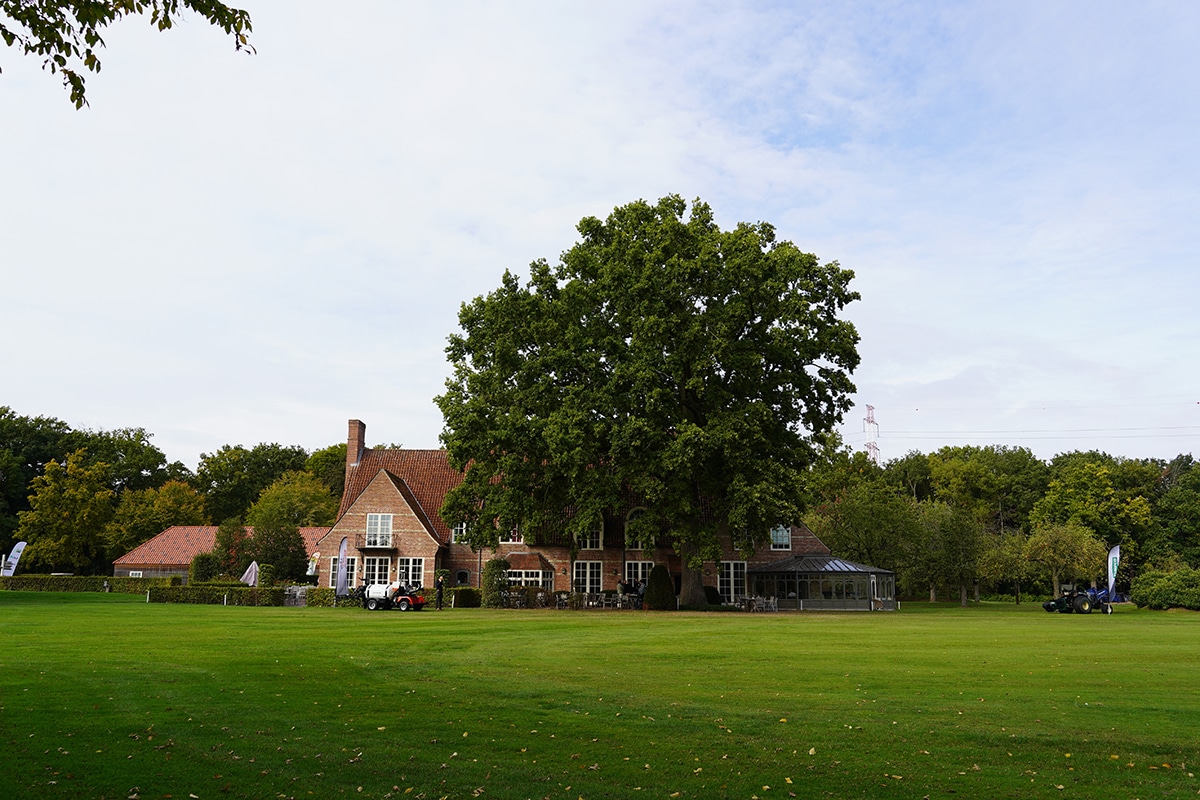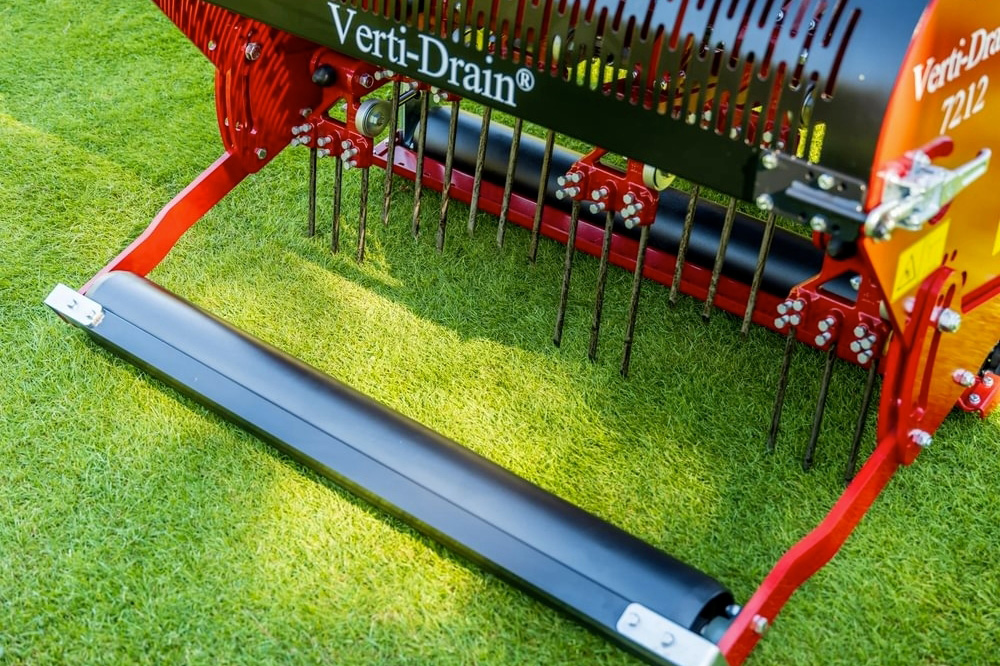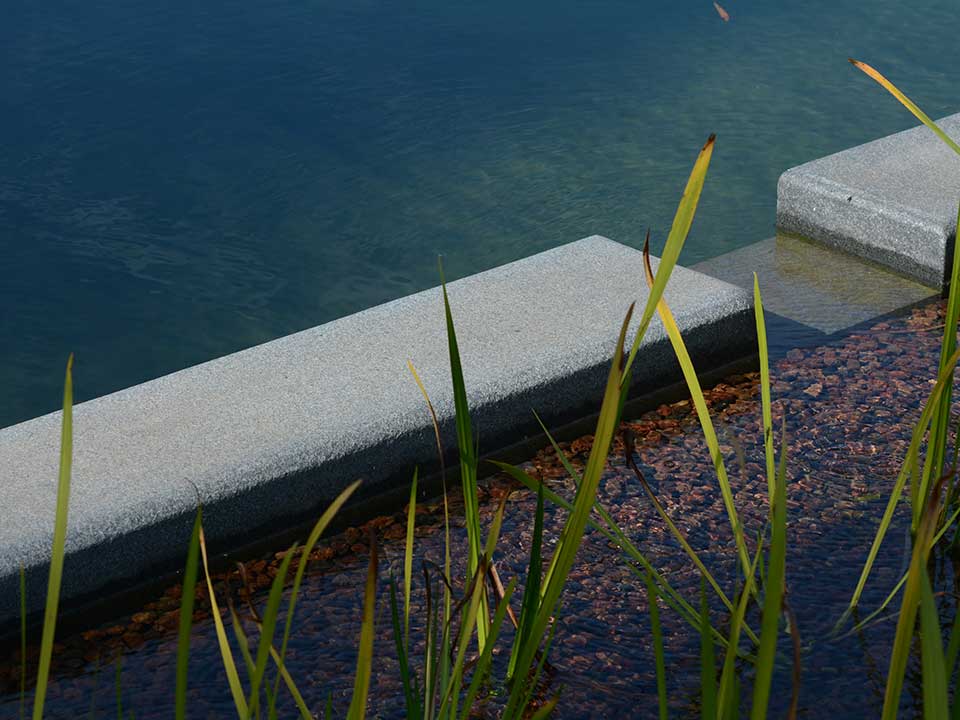
Applications of lavasplit and lava dust. Small caliber, big effect
The best known use of lava rock is as a substrate in the swamp bed of a natural swimming pond, but in the increasingly popular concept of prairie gardens, for example, it also serves perfectly as a visual and functional top layer. Even the lava grit that is normally sieved out still has numerous useful applications, according to Els Meynen of E.L.S. Garden.
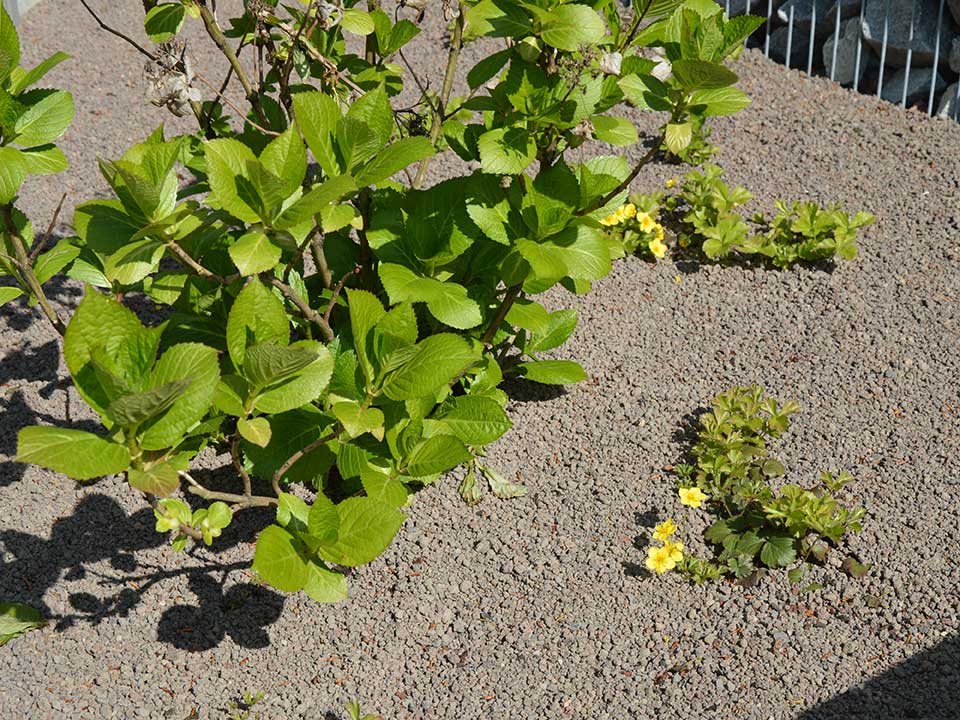
In all areas of construction, industry and society, the notion of circularity is now pervasive. Even those who are not familiar with the concept per se understand that we need to be smart with raw materials and that it is therefore a good thing if the waste or residual materials of one product are given functional added value in another application. That's the way it is with lava.
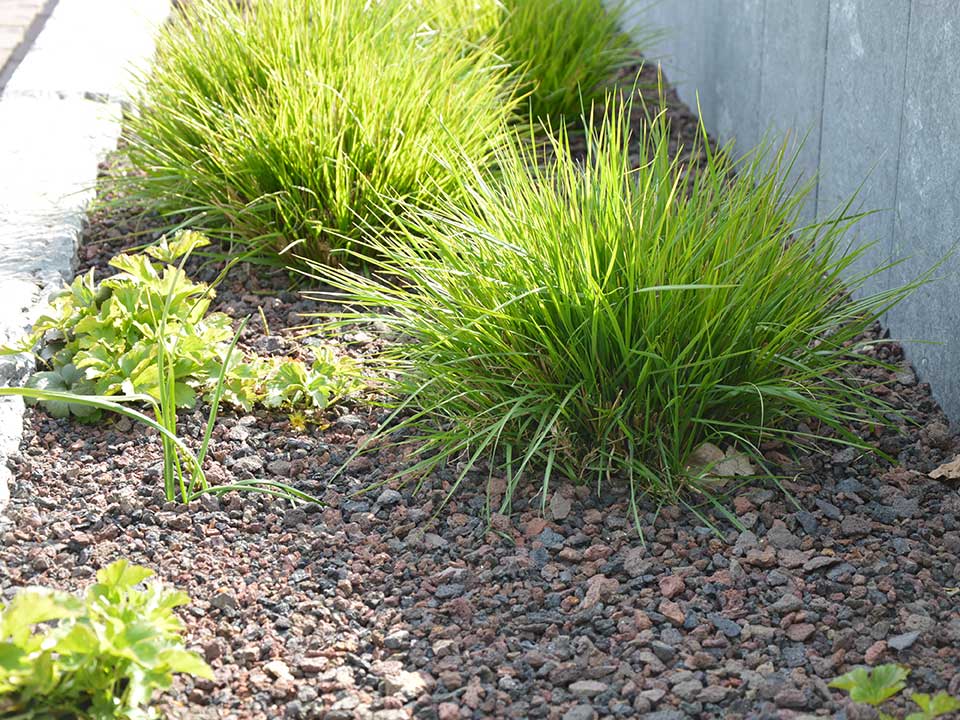
"From a caliber of 12 millimeters, all of our gravel and split are completely de-graded," explains Els Meynen of garden materials dealer E.L.S. Garden. "As a result, our big bags of lava split contain only pure material, but of course a residual stream of very fine caliber remains. This residual flow, the lava grit, then proves its worth in other places in the garden."
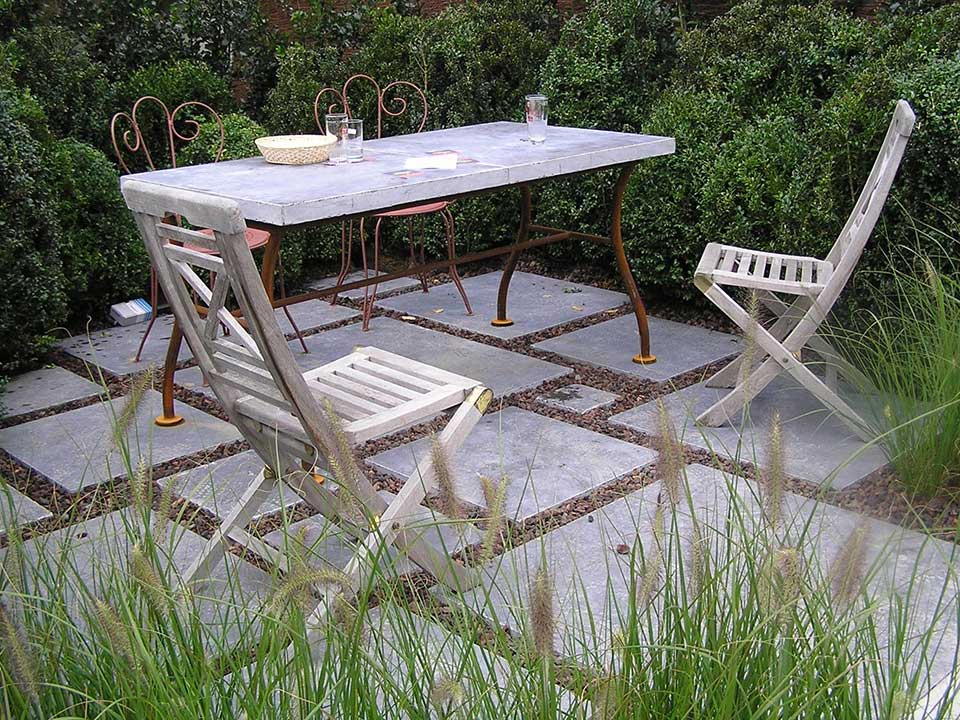
Four major assets
The fact that lava can be used in a variety of calibers and applications is a result of the volcanic material's special properties. "Due to the rapid solidification process, gas and air are not given time to escape and thus small bubbles remain contained in the rock. This determines the porosity of the material, as well as its draining and moisture-regulating properties. Indeed, lava will absorb moisture gradually and release it very slowly during periods of drought, both in large calibers and in the much finer residual material. Lava dust in particular also has a stabilizing effect as well as weed control in thick layers.
In the swimming pond
Meanwhile, the porous nature of lava makes it the filter material of choice for swimming ponds. "Lavasplit works as a physical filter, but also has an important function in microbiological purification. This is because the bacteria responsible for water purification need oxygen, and it is precisely this that is easily trapped in the many cavities of the lava stones."
Although the wrong type of lava can also have negative effects on bacterial life, Meynen warns. "For swimming ponds, we always recommend using washed lava. Washing makes the pores purer so that beneficial bacteria can settle better. Washed lava also weighs less and is less likely to lead to sedimentation and discoloration of the water."
"The size is also important, of course, with 25/50 being the main caliber in this case. Sometimes another coarse layer of 50/100 is provided at the bottom of the filter and a top layer of 12/18 or 7/12 at the top, but finer material such as lava dust is not an issue here. That would only lead to blockages."
As ground cover
In the slightly rougher prairie garden, the use of lava split naturally fits perfectly into the concept, but lava dust also makes an interesting ground cover in classic borders and plant beds. "For good weed control, a layer of 5 to 8 centimeters is sufficient, which also matches earth tones nicely in terms of color. In contrast to bark, lava does not decay, its excellent moisture-regulating properties protect the planting better against drought, and snails are not at all wild about its coarse structure."
In the ground
Finally, in earthworks, fine lava dust can also be provided as a leveling, stabilizing and draining layer, for example under artificial turf, turf slopes or turf mats, or around drainage pipes. "A layer of 2 to 3 inches of lava dust makes the soil more stable and load-bearing," Meynen said. "Excess water is also more easily drained by the porous layer, while the moisture-regulating properties just provide extra protection for grass and plantings in times of drought. In other words, lava dust has a positive effect on water management in the soil. It can therefore also not hurt for a long time to mix lava dust under garden soil or grass stubble."

